Lake Titicaca, Los Uros, Amantani and Taquile
Hola,
Mum (Sue) these photos are for you.
From Puno we booked a two day tour of the lake including Los Uros (the floating islands), Amantani and Taquile.
The first stop was Los Uros. These islands are made entirely from reeds which grow in the lake. The people collect the root base of the reeds and then lay the reeds themselves flat on top of them. Over time they build a 2m thick island of reeds. They anchor the islands to the lake bottom using ropes made from (you guessed it) reeds, and rocks. In a big storm the islands pull free from their moorings and need to be towed back into place by boat. The islands were originally closer to the Bolivian side of the lake but are now only 40mins from Puno by boat.
Things are pretty basic on the islands and they are very dependent on tourism for income. However they are much more advanced than you might think (note the solar panel).
The native wildlife includes many birds. Their diet consists of (you guessed it) reeds, birds and fish. They trade these items for fruit and vegetables.
Some more shots of the islands. Walking on the islands is reasonably stable, except near the edges where if you stand in one place for too long you will get wet feet.
On the way to Amantani we picked up a hitchhiker and gave him a lift most of the way across.
On Amantani we stayed the night with a local couple. Their five children all live elsewhere i.e. Lima, Arequipa, and Puno. They must leave the island to study in order to get work for money. The islands do not really use money, but need it to purchase clothing etc.
Simon and Mariela
The view from the house, our room and the cooking fire in the kitchen.
The church in the main square.
The pre-incan ruins, a square temple dedicated to Pachatata which they pray to for rain.
The view of the lake from Pachatata.
The round temple dedicated to Pachamama which they pray to for good food, good health and good lives (we think).
On the way back down.
That night we had a fiesta, it was a cheesy (only for tourists) thing. We got to dress up in traditional clothing and a local band played local music.
The next day we went to Taquile, an hour by boat. On this island they still practice the 3 incan rules. No lying, no stealing and don´t be lazy. Everyone has to work, all the time. So, the women spin wool and the men knit hats and small bags. There is no such thing as divorce and marriages are conducted only once a year in May. The clothing they wear signifies marital status. A man wearing a white belt is unmarried. A man wearing a colourful belt and a pouch for coca leaves is married. A woman wearing dark skirts is married and a woman wearing bright skirts is not.
From here we returned to Puno. A 3 hour boat ride.
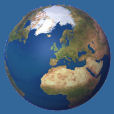 Erin & Regan's South American Adventure
Erin & Regan's South American Adventure
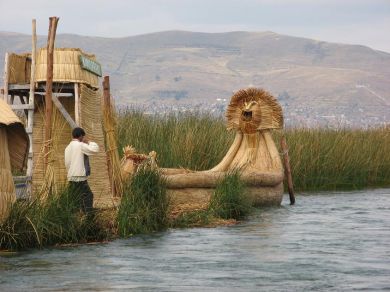
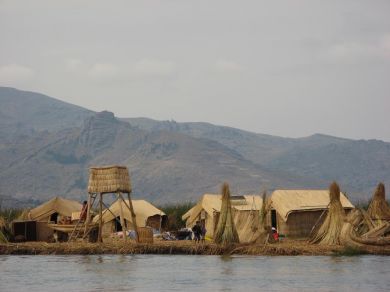
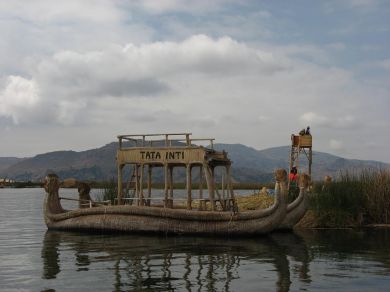
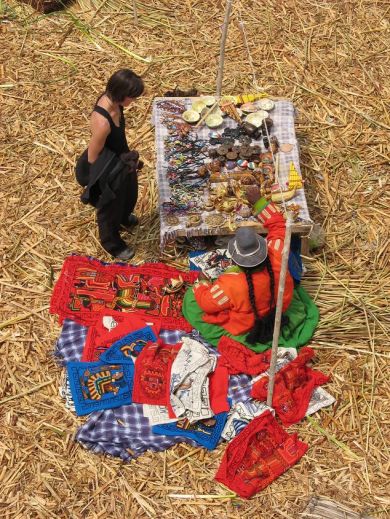
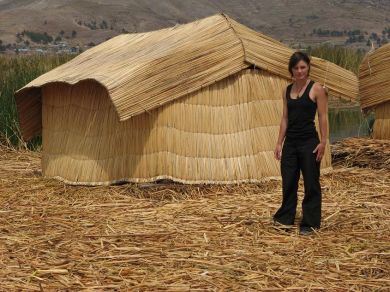
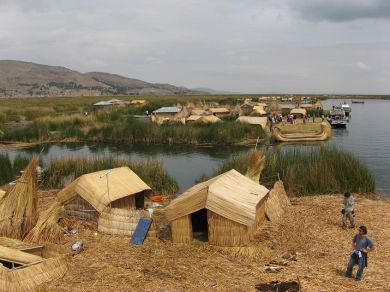
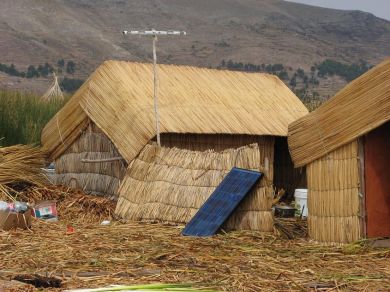
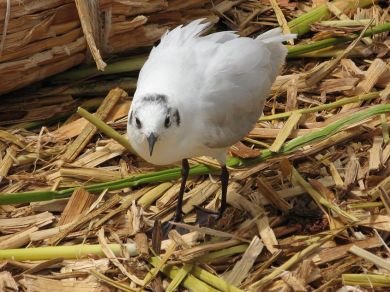
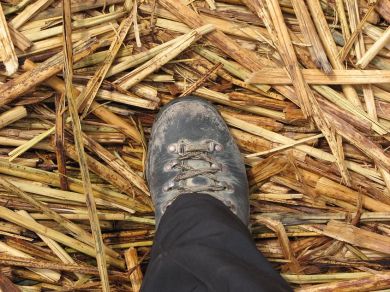
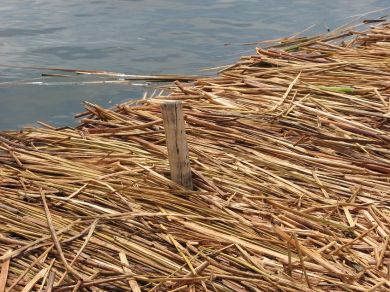
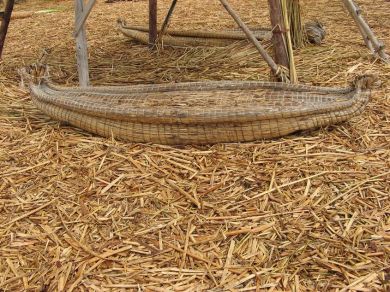
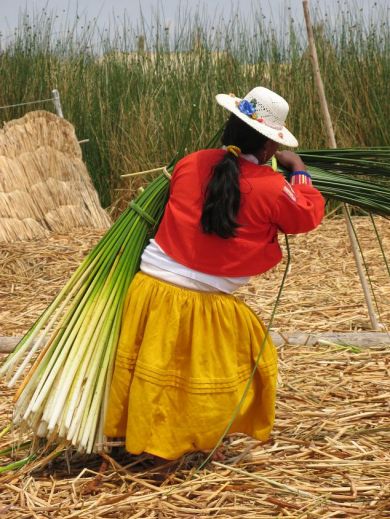
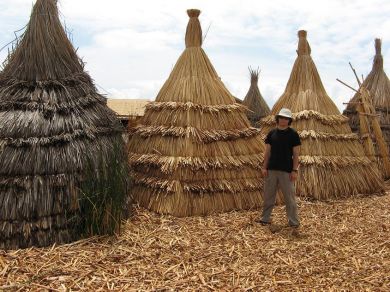
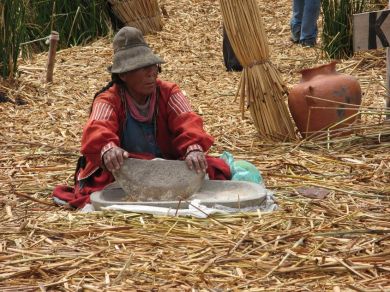
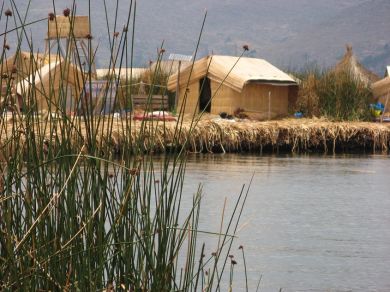
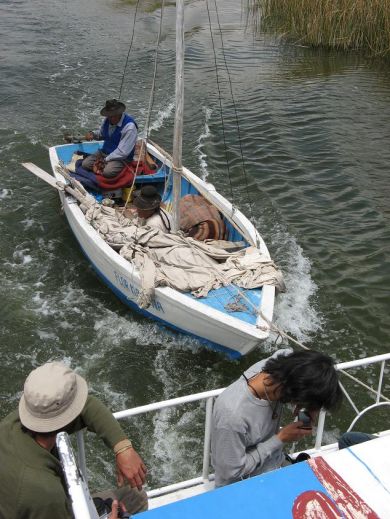
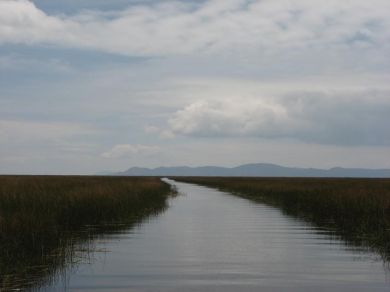
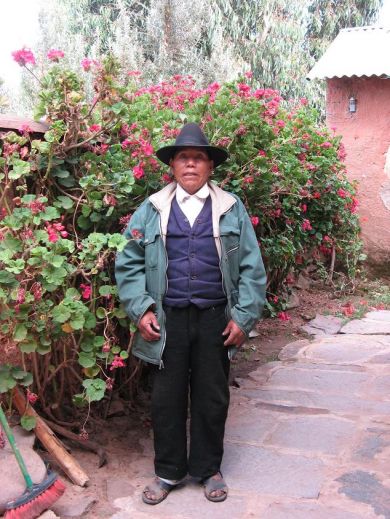
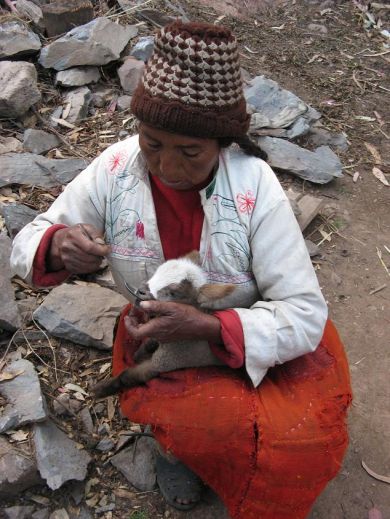
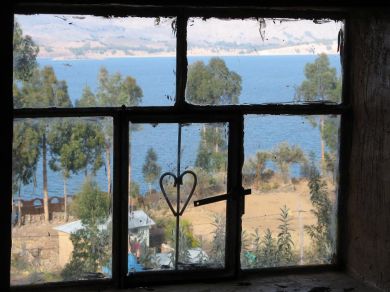
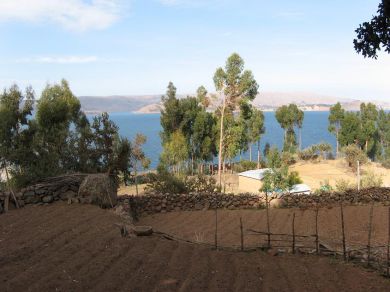
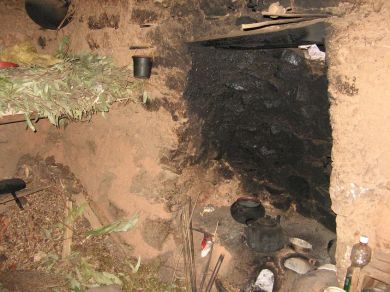
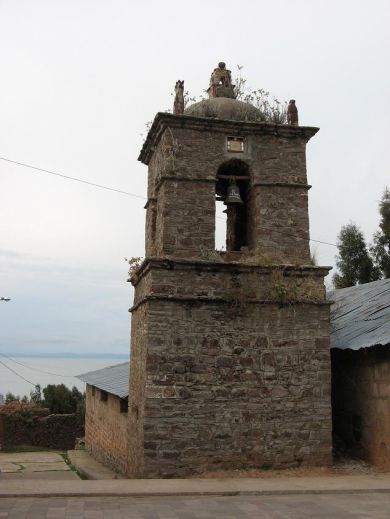
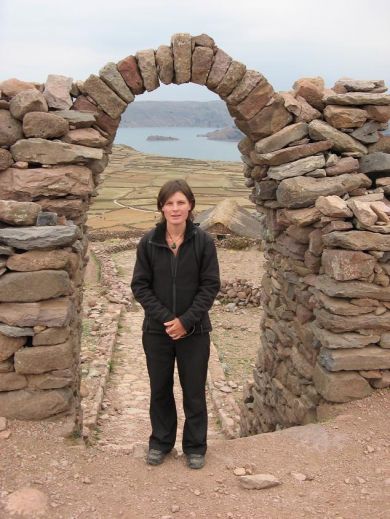
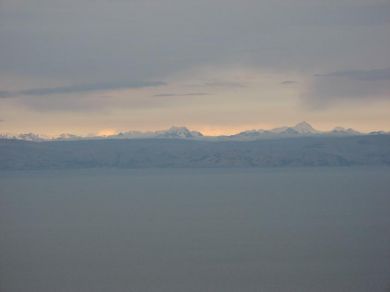
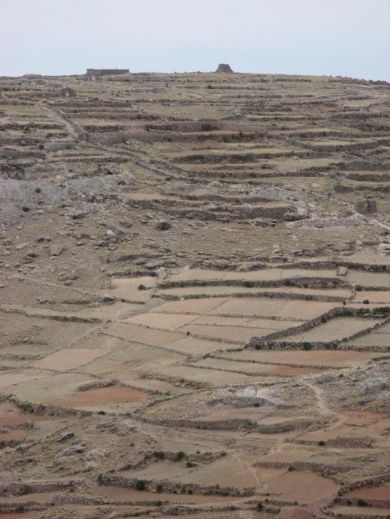
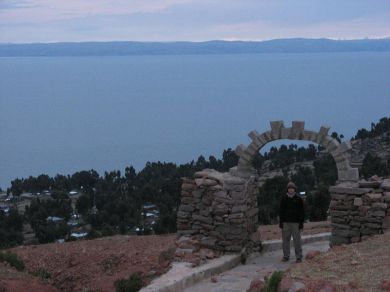
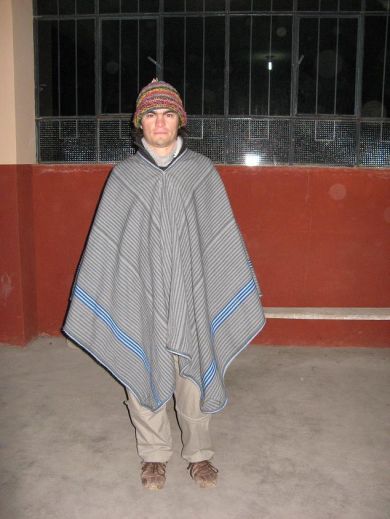
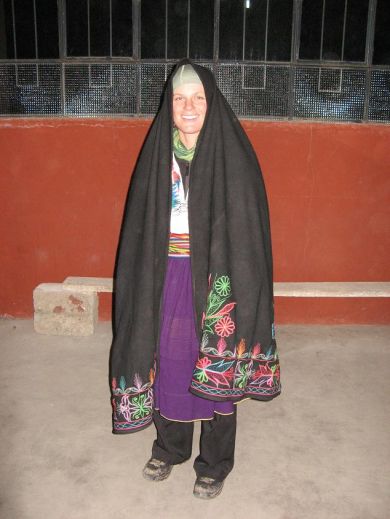
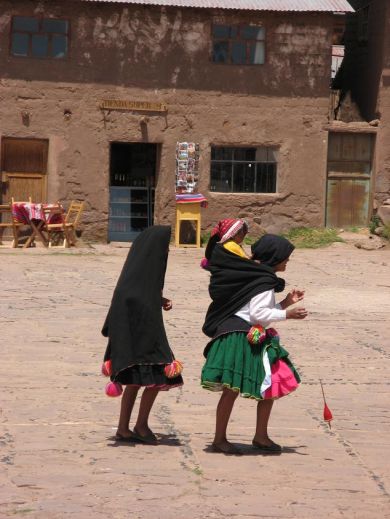
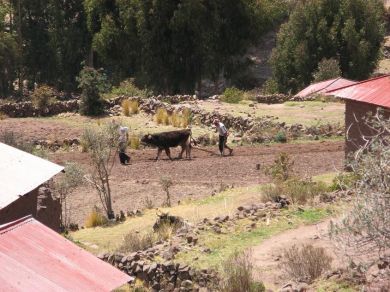
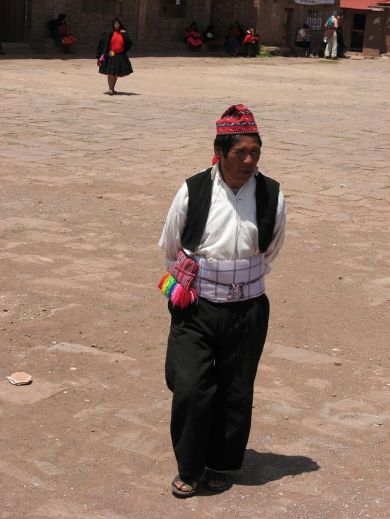
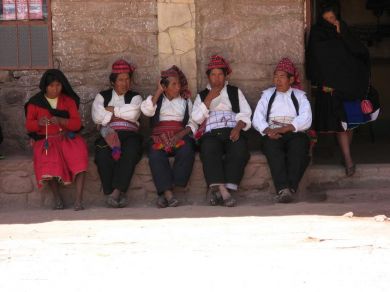
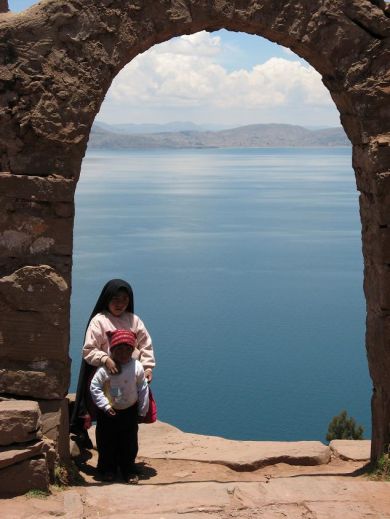


ross: thats quite incredible. we studied the "reed people" (yeah i forgot their name already sorry) and the use of coca throughout various places last semester. fantastic to see some first hand stuff :) (11/28/06)
sue: Thanks for the photos. It looks as strange and wonderful as I thought it would, even more so. Fancy living on a reed island! How are animals treated over there, I guess they need to look after the animals that provide for them. (11/21/06)
sue: what beautiful views. Love the three rules, shows what is possible. No western corruption there yet, imagine being the first to run off with another man! (11/21/06)